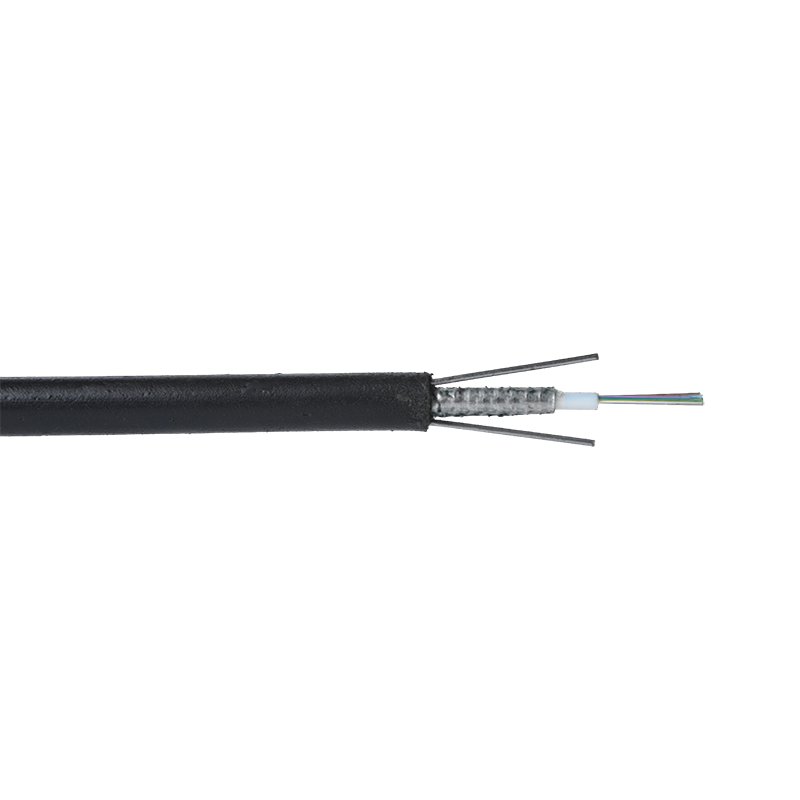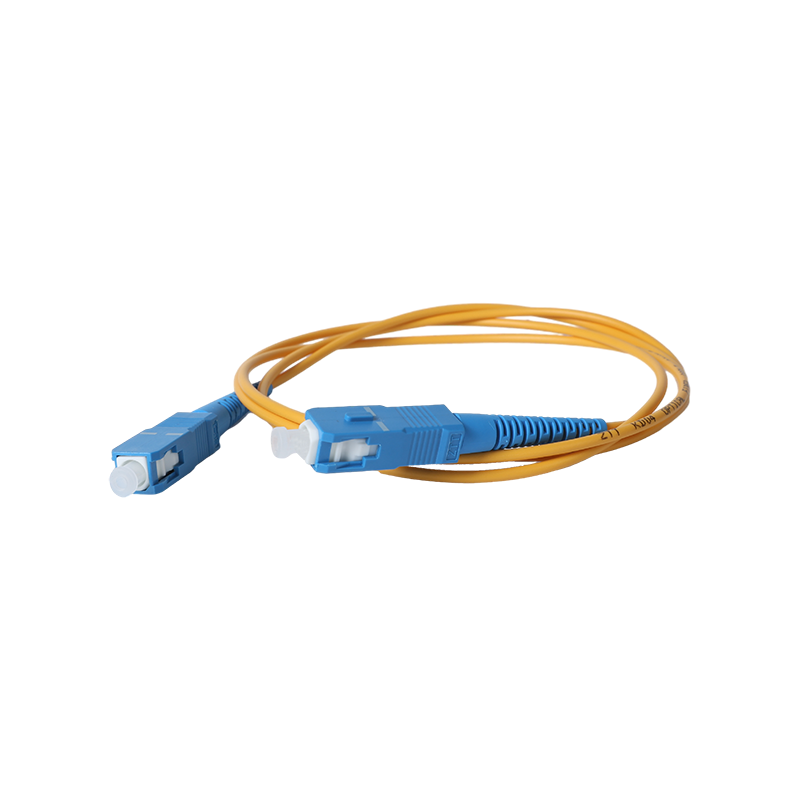How do air blown micro cables impact network performance and bandwidth capabilities?
In today's era of rapid digital development, network performance and bandwidth capabilities are the focus of great concern for both enterprises and individual users. With the continuous advancement of technology, traditional fiber optic installation methods are gradually replaced by more efficient solutions. Among them, air blown micro cables, as an emerging network infrastructure technology, are quietly changing our network experience.
What are air blown micro cables?
Air blown micro cables are an innovative fiber optic cabling technology that uses compressed air to push fiber optic micro cables into pre-installed ducts. The biggest advantage of this method is its flexibility and convenience. Compared with traditional fiber optic laying, air blown micro cables can reduce construction time and costs, while also being able to easily cope with future network expansion needs. According to market research firm Mordor Intelligence, the global air blown fiber optic market is expected to grow at a compound annual growth rate of more than 12% by 2026.
Improvement in network performance
The impact of air blown micro cables on network performance is mainly reflected in the speed and stability of signal transmission. Since the outer diameter of the microcable is smaller, the number of optical fibers inside can be greater, and the same duct space can accommodate more optical fibers, which can achieve higher data transmission speeds. In addition, air blowing technology can also reduce the loss of optical fibers during the laying process, making the signal purer, thereby improving the overall performance of the network. According to a report by Cisco, the network transmission speed using air blown micro cables can reach up to 100Gbps, far exceeding the traditional method.

Enhanced bandwidth capabilities
As users' demand for bandwidth continues to increase, the flexibility of air blown micro cables enables them to easily cope with changing bandwidth needs. The replacement and upgrade of traditional optical cables often requires a lot of time and manpower, while air blown micro cables can complete network expansion in a few minutes by simply blowing and reconfiguring. This technical feature not only saves time, but also reduces potential losses caused by network downtime. In addition, many network experts point out that the design of air blown micro cables makes them perform better in high-density environments, can support more device connections, and ensure the efficient operation of the network.
As an emerging network cabling solution, air blown micro cables are gradually becoming an important part of modern network infrastructure with their flexibility, efficiency and high performance. With the increasing requirements for network performance and bandwidth capabilities, air blown micro cables will provide enterprises and individual users with a more convenient and efficient network experience. In the future, with the continuous advancement of technology and the increase in market demand, air blown micro cables are expected to be promoted and applied in more fields. Choosing air blown micro cables may be the first step to improve your network performance.



 English
English русский
русский Español
Español عربى
عربى 中文简体
中文简体




















